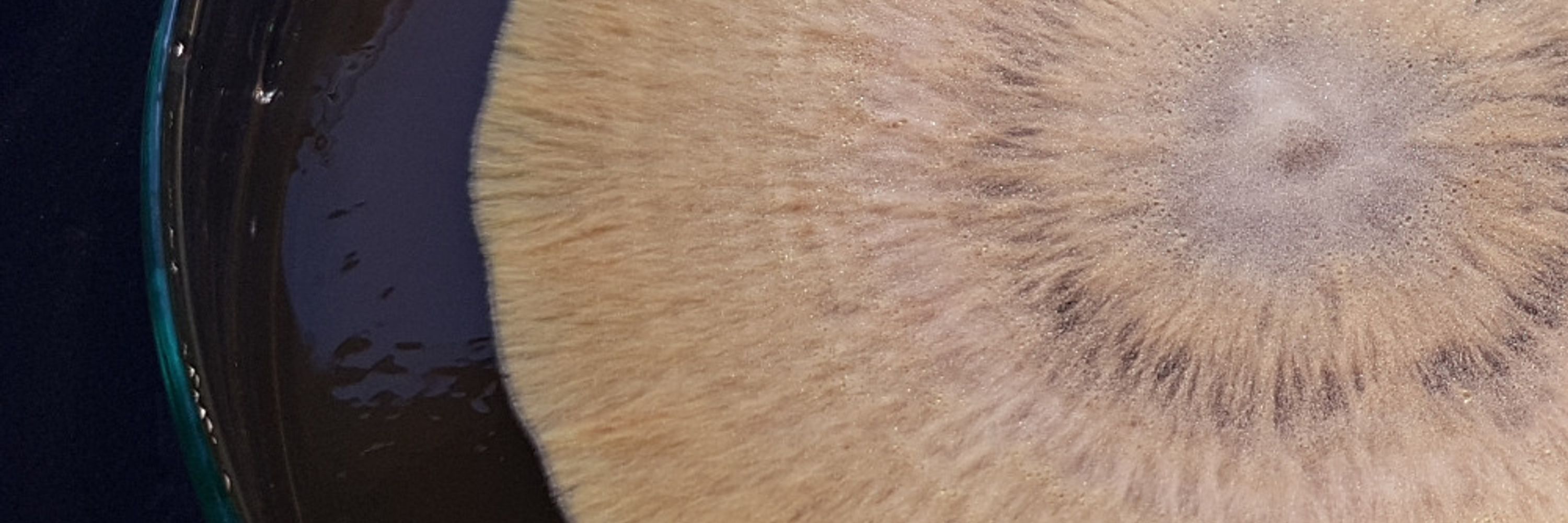
The peer-review crisis: how to fix an overloaded system www.nature.com/articles/d41...
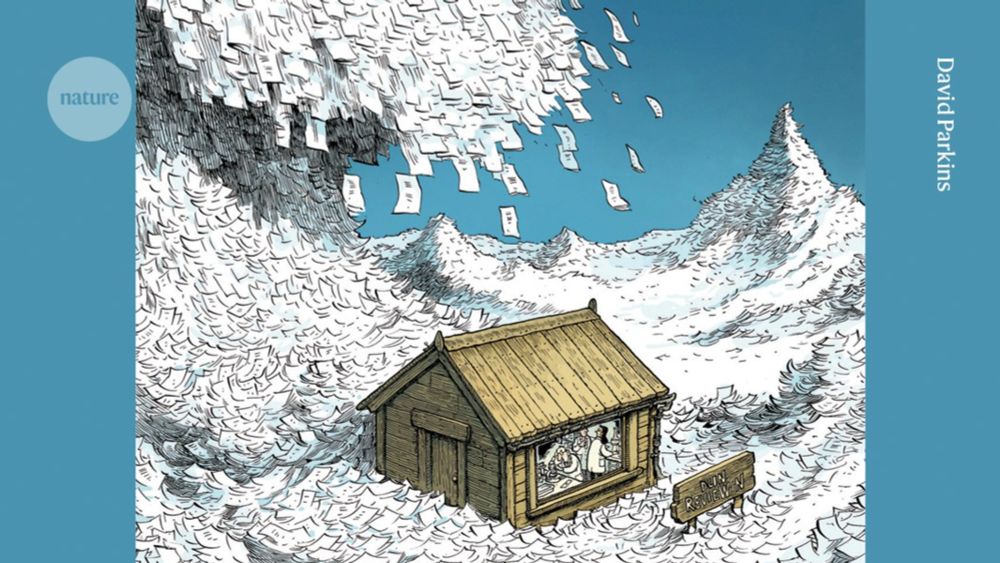
The peer-review crisis: how to fix an overloaded system www.nature.com/articles/d41...


-in BMC Microbiome
microbiomejournal.biomedcentral.com/articles/10....
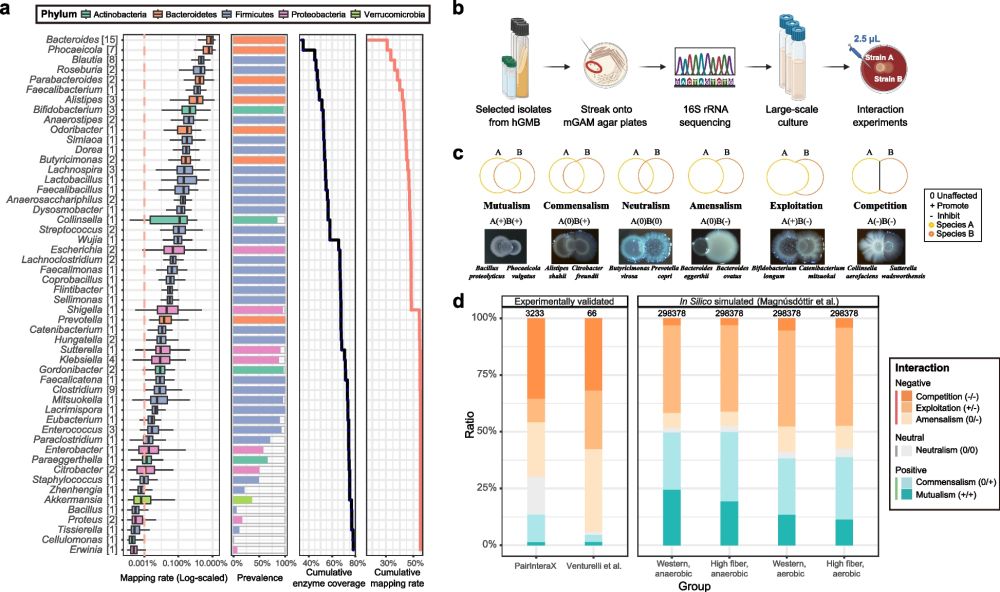
-in BMC Microbiome
microbiomejournal.biomedcentral.com/articles/10....

How do anthropogenic drivers influence @soilbiodiversity change? Find out here!
@bartoszbartk.com @eisenhauerlab.bsky.social @mrillig.bsky.social @christianristok.bsky.social @doreenbabin.bsky.social Jörg Römbke, Frank Galante, Christina Lachman
soil-organisms.org/index.php/SO...

How do anthropogenic drivers influence @soilbiodiversity change? Find out here!
@bartoszbartk.com @eisenhauerlab.bsky.social @mrillig.bsky.social @christianristok.bsky.social @doreenbabin.bsky.social Jörg Römbke, Frank Galante, Christina Lachman
soil-organisms.org/index.php/SO...
#Review by Anika Lehmann and @mrillig.bsky.social
📖 nph.onlinelibrary.wiley.com/doi/10.1002/...
#LatestIssue

#Review by Anika Lehmann and @mrillig.bsky.social
📖 nph.onlinelibrary.wiley.com/doi/10.1002/...
#LatestIssue
nph.onlinelibrary.wiley.com/doi/10.1111/...

nph.onlinelibrary.wiley.com/doi/10.1111/...
esajournals.onlinelibrary.wiley.com/doi/10.1002/...

esajournals.onlinelibrary.wiley.com/doi/10.1002/...
nph.onlinelibrary.wiley.com/doi/10.1111/...

nph.onlinelibrary.wiley.com/doi/10.1111/...
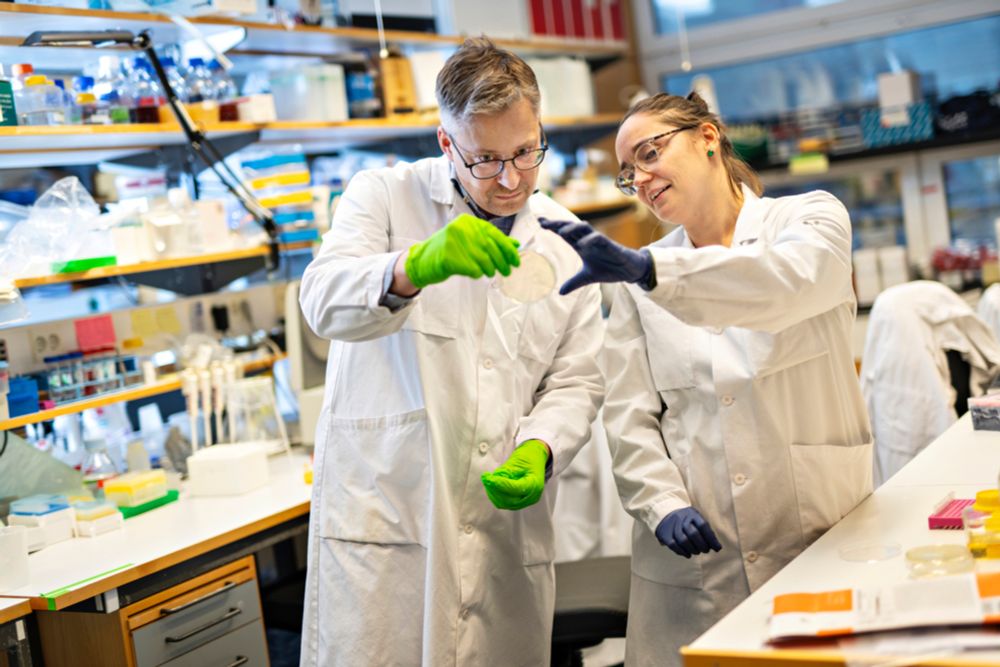
Global patterns of nutrient limitation in soil microorganisms
www.pnas.org/doi/10.1073/...
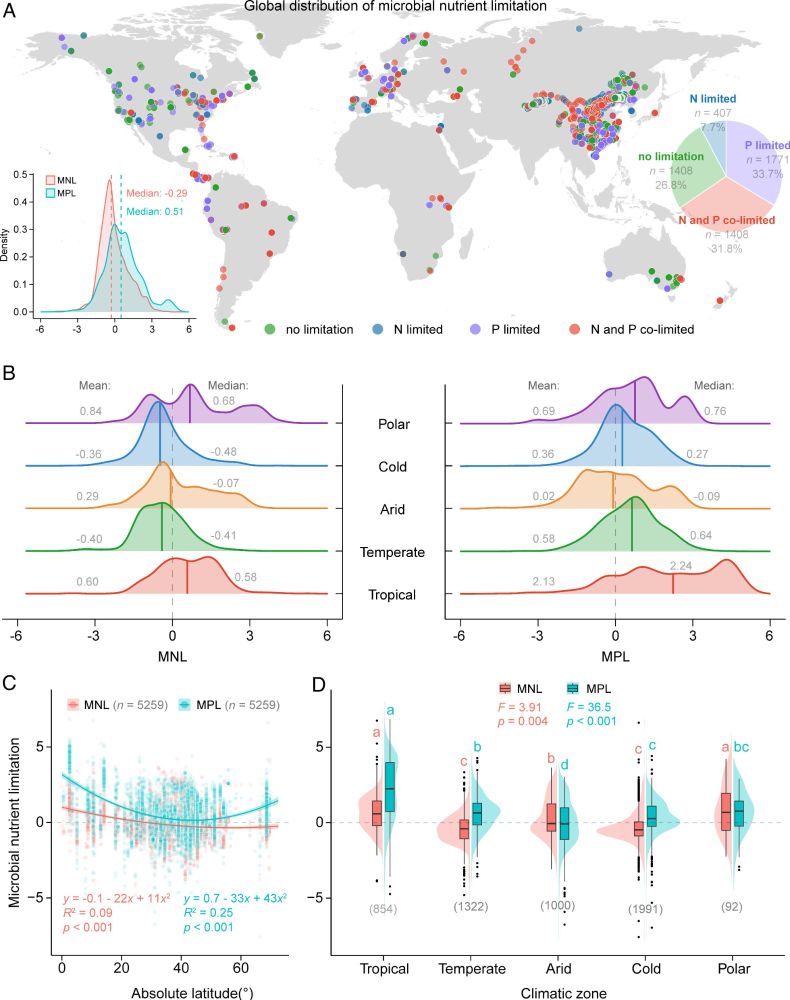
There is some new research on EPS production under different resource conditions in bacteria and fungi, led by Rebeca Leme Oliva. Great collaboration with Rainer Joergensen bmcmicrobiol.biomedcentral.com/articles/10....

There is some new research on EPS production under different resource conditions in bacteria and fungi, led by Rebeca Leme Oliva. Great collaboration with Rainer Joergensen bmcmicrobiol.biomedcentral.com/articles/10....

Another great review on the fungal cell wall by Neil Gow
www.sciencedirect.com/science/arti...

Another great review on the fungal cell wall by Neil Gow
www.sciencedirect.com/science/arti...
nph.onlinelibrary.wiley.com/doi/10.1111/...

nph.onlinelibrary.wiley.com/doi/10.1111/...

franciskadevries.wordpress.com/2013/03/26/t...

Should we all be evaluating how we can better measure AM fungal colonisation?
It should be very informative right? But is it? Probably depends what you're after.
How well does it predict plant outcomes?

Should we all be evaluating how we can better measure AM fungal colonisation?
It should be very informative right? But is it? Probably depends what you're after.
How well does it predict plant outcomes?

with Leonardo Ona and Shryli Shreekar
Disentangling microbial interaction networks
Open access link:
authors.elsevier.com/sd/article/S...
with Leonardo Ona and Shryli Shreekar
Disentangling microbial interaction networks
Open access link:
authors.elsevier.com/sd/article/S...
See video here www.youtube.com/watch?v=tOUh...



